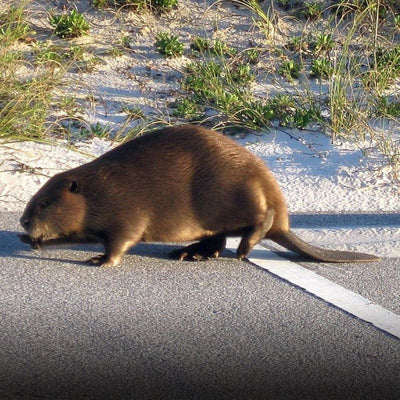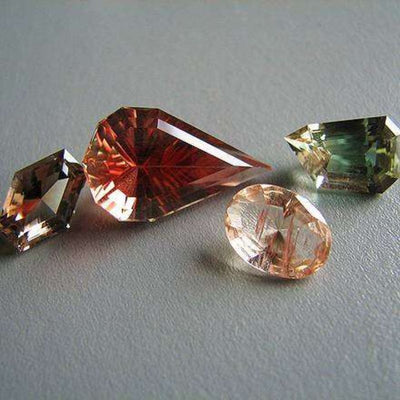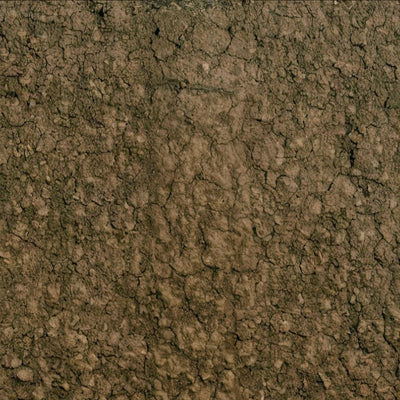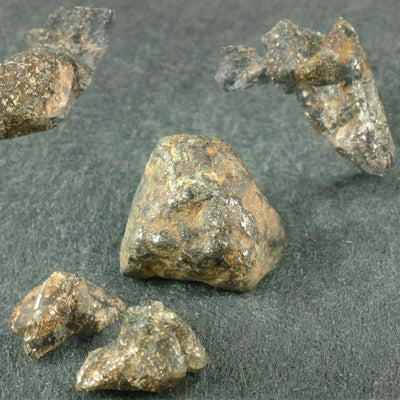Explore the Fascinating History of Oregon
Take our Oregon Trivia Quizzes for a Chance to Win a 6-Month Subscription to History By Mail!

The History of Oregon
Journey Through Oregon Trivia
Welcome to our Oregon history and trivia page, presented by History By Mail. Join us as we embark on a journey through the fascinating past and diverse cultural heritage of the Beaver State. From the indigenous civilizations of the Chinook and Kalapuya tribes to the arrival of European explorers and the modern era, we'll delve into Oregon's hidden treasures and challenge your knowledge with engaging quizzes. Let's uncover the rich history and intriguing trivia of Oregon together.
Oregon, known as the Beaver State, is a land of remarkable historical significance and natural wonders. From the pioneering spirit of the Oregon Trail and the breathtaking beauty of Crater Lake National Park to the vibrant cityscape of Portland and the stunning Columbia River Gorge, Oregon holds a captivating legacy. Explore the stories of Lewis and Clark's expedition, the impact of the timber and fishing industries, and the influential figures like Chief Joseph and Linus Pauling who shaped the state's history.
Join us as we unravel the intriguing history and trivia of Oregon, delving into its role as a hub of exploration and adventure, a stronghold of environmental conservation, and a cultural haven for artists and artisans.
Facts about Oregon
State Abbreviation: PA
Capital: Salem
Name Origin: Experts disagree on how Oregon got its name—and there are many theories. Some think it could’ve come from the French word ouragan meaning “hurricane,” a term used by French explorers to describe a super-windy area of the state. Others believe it may have been derived from the Chinook word oolighan, a type of fish these Native Americans ate.
Nickname: Beaver State
Statehood: February 14, 1859 (33th State)
State Motto: "Alis volat Propriis (She flies with her own wings)"(1987)

Oregon's Flag
The state flag of Oregon is a striking and distinctive symbol that represents the unique character and history of the state. The flag features a navy blue field with a design known as the "Oregon Shield" in the center. The shield is vertically oriented and displays a gold image of a beaver, Oregon's state animal, sitting atop a log.
Above the beaver, there is a banner with the state's motto, "STATE OF OREGON," written in gold letters. Below the beaver, another banner bears the state's official name, "OREGON," also in gold letters. The beaver holds significant cultural and historical importance as a symbol of Oregon's early settlers and their industrious spirit.
The flag's navy blue background represents the loyalty and valor of Oregonians, while the gold elements symbolize the state's rich natural resources and the opportunities they provide. The design embodies Oregon's connection to its diverse landscapes, including its forests, rivers, and wildlife.
Oregon's Great Seal
The Great Seal of the State of Oregon is a distinguished emblem that embodies the history, values, and aspirations of the state. The seal features a circular design with a variety of symbolic elements.
At the center of the seal is a depiction of a majestic American eagle, with its wings outstretched and holding an olive branch in one talon, symbolizing peace, and a bundle of arrows in the other talon, representing strength and defense. The eagle is surrounded by a ring of stars, signifying Oregon's admission to the Union as the 33rd state.
Encircling the eagle and stars is a circular band inscribed with the words "STATE OF OREGON" at the top and "1859" at the bottom. The year 1859 marks the year Oregon became a state. The outer edge of the seal bears the words "SEAL OF THE STATE OF OREGON."
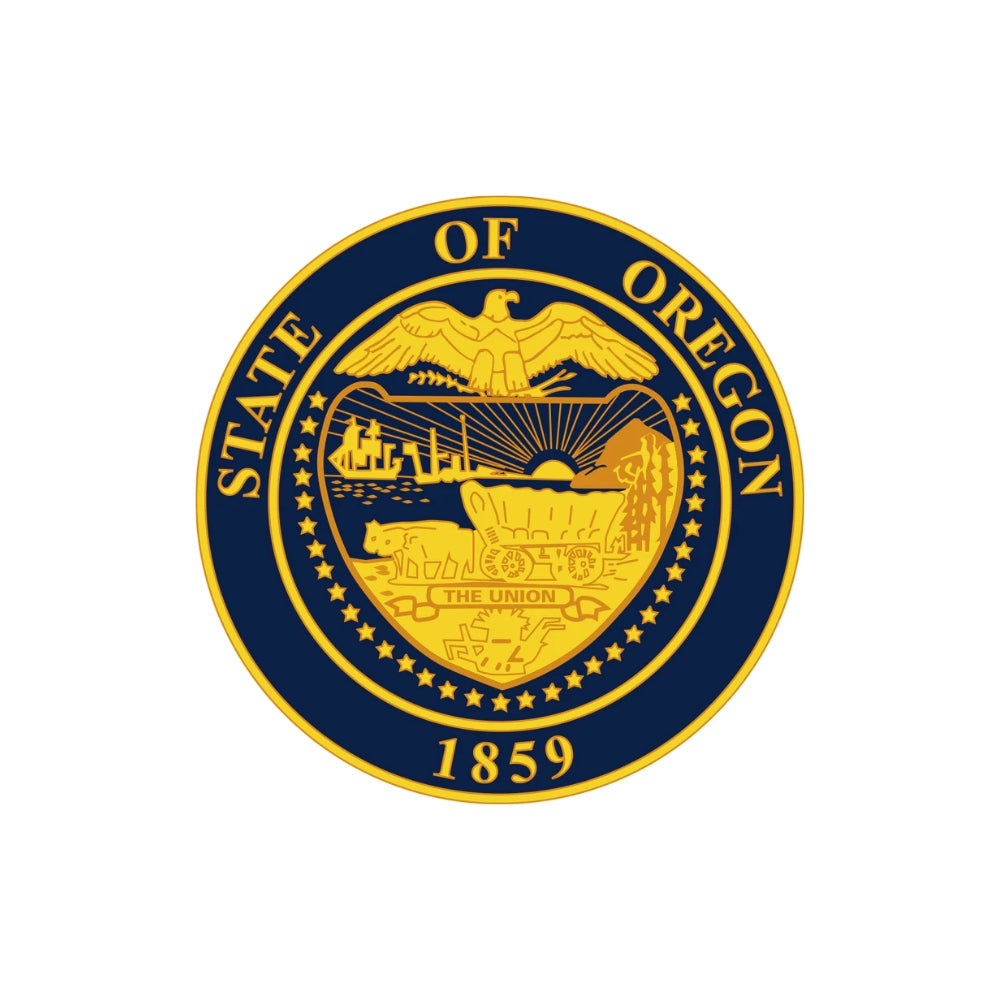
--- State Trivia #1 ---
History of Oregon
The captivating coastline of Oregon, believed to have been sighted by Spanish and English sailors in the 1500s and 1600s, has a rich history intertwined with exploration and discovery. In 1778, Captain James Cook mapped parts of the Oregon coast while searching for the elusive Northwest Passage. Capt. Robert Gray, aboard the Columbia, made a significant discovery in 1792 when he found the river that bears his ship's name, claiming the area for the United States.
The renowned Lewis and Clark expedition further explored Oregon's vast territory in 1805, uncovering its natural wonders and resources. John Jacob Astor's fur depot, Astoria, was established in 1811, playing a pivotal role in the region's early economic development. Finally, disputes between American settlers and the Hudson Bay Company reached resolution with the 1846 Oregon Treaty, granting the United States full control over the region and solidifying its place in history.
Oregon's agricultural sector boasts a variety of valuable crops, with greenhouse and nursery products such as daffodils, irises, and tulips for bulbs being particularly significant. Hay ranks as the state's second most valuable crop, while ryegrass, wheat, and onions also contribute to Oregon's agricultural success. The state holds a prominent position in seed production for various grasses and is a leading producer of peppermint oil and Christmas trees.
Thanks to its abundant supply of low-cost electric power generated by dams, Oregon has emerged as a thriving manufacturing state. Lumber and plywood manufacturing take center stage, accompanied by metalwork, machinery, aluminum, chemicals, paper, food packing, and electronic equipment industries. The wood processing sector, including the production of plywood, veneer, and particleboard, is a vital component of Oregon's economy, and the state leads the nation in lumber production.
Oregon's natural wonders attract numerous visitors each year. Crater Lake National Park, with its stunningly deep blue lake, and the impressive Bonneville Dam on the Columbia River are major tourist attractions. Other points of interest include the Oregon Dunes National Recreation Area, Oregon Caves National Monument, Cape Perpetua in Siuslaw National Forest, Columbia River Gorge, Hells Canyon, Newberry Volcanic National Monument, and John Day Fossil Beds National Monument. These diverse sites offer visitors a chance to immerse themselves in the state's breathtaking landscapes and rich geological history.
In terms of ideology, Oregon has been recognized as one of the most liberal states, ranking third behind Washington DC and Massachusetts in a 2012 Gallup survey. In the same survey, Oregon placed near the bottom of the most religious states, aligning with its progressive reputation. However, the state's commitment to education is evident, as over 20,000 students in the 2012 graduating class took at least one Advanced Placement (AP) exam, signifying a dedication to academic excellence and growth.
State Symbols
Fun Facts
- Author Beverly Cleary, journalist Ann Curry, Nobel Prize winner Linus Pauling, and chef James Beard have all lived in Oregon.
- At 1,943 feet, Crater Lake is the deepest lake in the United States.
- Oregon has the world’s only Big Foot trap, located in Siskiyou National Forest. (Though most people don’t believe that this creature actually exists.)
- Steller sea lions live year-round in the sea caves and caverns of Oregon’s coast.
--- State Trivia #2 ---

Things To Do in Oregon
- Explore Crater Lake National Park: Visit the stunning Crater Lake, renowned for its deep blue waters and picturesque surroundings. Enjoy hiking trails, scenic drives, boat tours, and breathtaking viewpoints that offer unparalleled views of the lake and its surrounding volcanic landscape.
- Discover the Columbia River Gorge: Embark on a journey through the magnificent Columbia River Gorge, a breathtaking canyon carved by the Columbia River. Explore numerous waterfalls, such as Multnomah Falls, hike scenic trails, go windsurfing or kiteboarding, and witness the beauty of this natural wonder.
- Visit Portland: Immerse yourself in the vibrant atmosphere of Portland, Oregon's largest city. Explore its eclectic neighborhoods, such as the Pearl District and Alberta Arts District, browse unique shops, indulge in delicious food and craft beer, and visit iconic attractions like Powell's City of Books and the International Rose Test Garden.
- Experience the Oregon Coast: Take in the breathtaking beauty of the Oregon Coastline, dotted with charming towns and stunning vistas. Explore coastal gems like Cannon Beach with its iconic Haystack Rock, hike along scenic trails, try your hand at surfing, or simply relax on the sandy beaches.
- Explore the Willamette Valley Wine Country: Embark on a wine-tasting adventure in the picturesque Willamette Valley, known for its world-class wineries and vineyards. Discover the region's renowned Pinot Noir and other varietals, enjoy scenic drives through rolling hills, and savor the culinary delights offered by the valley's farm-to-table restaurants.

General Map of Oregon
Oregon, known as the "Beaver State," is a captivating destination located in the northwestern region of the United States. Renowned for its breathtaking natural beauty, diverse landscapes, and vibrant cultural scene, Oregon offers a wealth of experiences for visitors to explore and enjoy.
Famous People From Oregon
--- State Trivia #3 ---
FREQUENTLY ASKED QUESTIONS (FAQ) ABOUT OREGON
Oregon is often referred to as the "Beaver State." This nickname has its origins in the early 19th century when fur trapping and trading were vital economic activities in the region. The beaver, valued for its pelts, played a significant role in Oregon's early history and development.
Oregon's path to statehood was marked by a series of significant events. The Oregon Trail brought an influx of settlers, leading to debates over whether the territory should be admitted as a free or slave state. The Compromise of 1850 helped settle this issue, and Oregon was officially admitted to the Union on February 14, 1859, as the 33rd state.
Oregon's progressive environmental efforts led it to become the first state in the United States to implement a "Bottle Bill" in 1971. This innovative legislation introduced a refundable deposit on beverage containers, encouraging recycling and reducing litter. It's a testament to Oregonians' commitment to sustainability and responsible waste management.
The Oregon Trail was a historic migration route used during the 19th century by pioneers seeking new opportunities in the West. It stretched over 2,000 miles from Missouri to the fertile lands of Oregon's Willamette Valley. This trail played a pivotal role in the westward expansion of the United States and symbolizes the hardships and challenges faced by those who embarked on the journey.
Related Resources
- Official Website of the State of Oregon: The official website provides information about the state government, services, resources, tourism, and more. Visit: https://www.oregon.gov/
- Travel Oregon: Explore Oregon's attractions, outdoor adventures, scenic drives, events, and plan your trip. Visit: https://traveloregon.com/
- Oregon Historical Society: Learn about Oregon's rich history, browse collections, exhibits, and access educational resources. Visit: https://www.ohs.org/
- Oregon State Parks: Discover Oregon's state parks, campgrounds, hiking trails, recreational activities, and make reservations. Visit: https://stateparks.oregon.gov/
- Travel Portland: Find information about Portland, Oregon's vibrant city life, attractions, dining, arts, and culture. Visit: https://www.travelportland.com/
- Crater Lake National Park: Explore the official website of Crater Lake National Park, known for its stunning natural beauty and recreational opportunities. Visit: https://www.nps.gov/crla/index.htm
- Oregon Wine Board: Discover Oregon's renowned wine regions, wineries, vineyards, and plan your wine tasting experiences. Visit: https://www.oregonwine.org/
- Oregon Coast Visitors Association: Explore the beautiful Oregon coast, find attractions, beaches, events, and plan your coastal getaway. Visit: https://visittheoregoncoast.com/
- Mt. Hood Territory: Learn about outdoor adventures, skiing, hiking, biking, and attractions in the Mt. Hood region of Oregon. Visit: https://www.mthoodterritory.com/
- Oregon Museum of Science and Industry (OMSI): Discover interactive exhibits, educational programs, and events at OMSI in Portland. Visit: https://omsi.edu/


